Table ofContents
Coverimage
Titlepage
Copyrightpage
1:Radio today, yesterday and tomorrow
Thestory of radio
Radiotomorrow
2:Radio waves and propagation
Radiowaves
Frequencyto wavelength conversion
Polarization
Radiospectrum
Howradio signals travel
Layersabove the earth
Groundwave
Skywaves
Distancesand the angle of radiation
Multiplereflections
Chordalhop
Criticalfrequency
MUF
LUF
Skipzone
Stateof the ionosphere
Propagationprediction
VHFand above
Troposcatter
SporadicE
Meteorscatter
Frequenciesabove 3 GHz
3:Capacitors, inductors and filters
Capacitors
Inductors
Tunedcircuits
Mutualinductance and transformers
Qfactor
Lowpass and high pass filters
Band-passfilters
LCfilters
Quartzcrystals
Crystalfilters
Monolithiccrystal filters
Mechanicalfilters
Ceramicfilters
Frequencystandards
4:Modulation
Radiocarrier
Morse
Amplitudemodulation
Singlesideband
Frequencymodulation
Frequencyshift keying
Phasemodulation
Phaseshift keying
Pulsemodulation
Frequencyhopping
Spreadspectrum
Transmissioncodes
5:Receivers
Crystalset
TRFreceiver
Directconversion receiver
Thesuperhet
Basicsuperhet receiver
Overcomingimage response problems
IFbreakthrough
Spurioussignals
Automaticgain control
Multipleconversion sets
Synthesizers
Multi-loopsynthesizers
Directdigital synthesizers
Phasenoise and reciprocal mixing
Filters
Selectivityand filters
Demodulator
Digitalsignal processing
Sensitivityand noise
Signalto noise ratio
SINAD
Noisefactor and noise figure
Strongsignal and overload
Intermodulationdistortion
Thirdorder intercept
Blocking
Cross-modulation
Dynamicrange
6:Transmitters
Transmitterbuilding blocks
Amplifiers
Mixers
Filtersand matching networks
SimpleMorse transmitter
Amplitudemodulation transmitter
Singlesideband transmitter
Frequencymodulation transmitter
Speechprocessing
7:Antenna systems
Resonanceand bandwidth
Impedance
Gainand directivity
Angleof radiation
Height
Antennasystem
Feeder
Feederimpedance
Standingwaves
Loss
Velocityfactor
Typesof feeder
Matchingunit
Typesof antenna
8:Broadcasting
AMbroadcasts
VHFFM
Stereo
C-QUAM
RDS
Digitalaudio broadcasting
9:Satellites
Satelliteorbits
Satellites
Placinga satellite in orbit
Pathcalculations
Communicationssatellites
Navigationalsatellites
Otheruses
10:Personal communications
Basicsystem
Basestations
Mobilephones
Systemcontrol and call routeing
Controland signals
Digitalsystems
Privatemobile radio (PMR) systems
Appendix:Basic calculations
Index
Copyright
Newnes
An imprint of Butterworth-Heinemann
Linacre House, Jordan Hill, Oxford OX2 8DP
225 Wildwood Avenue, Woburn, MA 01801-2041
A division of Reed Educational and Professional Publishing Ltd
 Amember of the Reed Elsevier plc group
Amember of the Reed Elsevier plc group
First published 1998
Reprinted 1999, 2000
Ian Poole, 1998
All rights reserved. No part of this publication may be reproduced inany material form (including photocopying or storing in any medium byelectronic means and whether or not transiently or incidentally to someother use of this publication) without the written permission of thecopyright holder except in accordance with the provisions of theCopyright, Designs and Patents Act 1988 or under the terms of a licenceissued by the Copyright Licensing Agency Ltd, 90 Tottenham Court Road,London, England W1P 0LP. Applications for the copyright holders writtenpermission to reproduce any part of this publication should be addressedto the publishers
British Library Cataloguing in PublicationData
A catalogue record for this book is available from the BritishLibrary.
Library of Congress Cataloguing in PublicationData
A catalogue record for this book is available from the Library ofCongress.
ISBN 0 7506 2632 1
Transferred to digital printing 2006

Radio today, yesterday andtomorrow
The benefits of radio technology are an integral partof our everyday life. Over the past decades we have come to acceptradio, taking it for granted and not realizing how much it contributesto the running of modern society.
Radio performs many functions today, but the most obvious must bedomestic broadcasting. Most homes have a variety of radio sets, rangingfrom the relatively simple and cheap portable radios, through the moresophisticated car radios to the high fidelity systems. All of these setsoffer a high degree of performance which is the result of use anddevelopment over many years. Even so, the performance of radio sets isbeing improved and new facilities are being introduced all the time. Theintroduction of wideband FM represented a major improvement when it wasfirst introduced in the early 1950s. Stereo and RDS (Radio Data System)are two more which are in use today, and digital audio broadcasting hasstarted. This brings true CD quality to radio broadcasts as well asallowing data to be broadcast at the same time.
Cellular phones are another benefit which have been brought about bythe development of radio. They have enabled people to make phone callsor to be contacted even when they are away from home or the office.Their flexibility has meant that since their introduction in the UK in1984 there has been a phenomenal growth in this market. Phones areavailable very cheaply, and even the line rental and call charges arefalling as the number of operators increases. This means that a widevariety of people are able to use these phones. Initially they weremainly for business use. Now with the falling charges the number ofprivate users is increasing.
The introduction of the cellular phone systems has done much toadvance radio technology. Since their first introduction the sizes ofphones have fallen. The first portable sets required the use of largebatteries, whereas now the phones are truly hand-held and can beslipped into any pocket. Achieving this has required a large amount ofdevelopment. More areas of the phones have been integrated onto siliconchips. Now low power consumption, ultra high frequency, radio frequencyintegrated circuits are commonplace where a few years ago they were fewand far between.
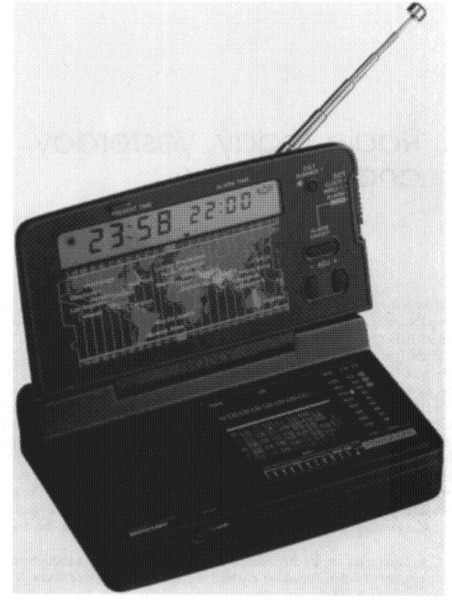
Figure 1.1 Amodern World Band radio Courtesy of Sony UKLtd
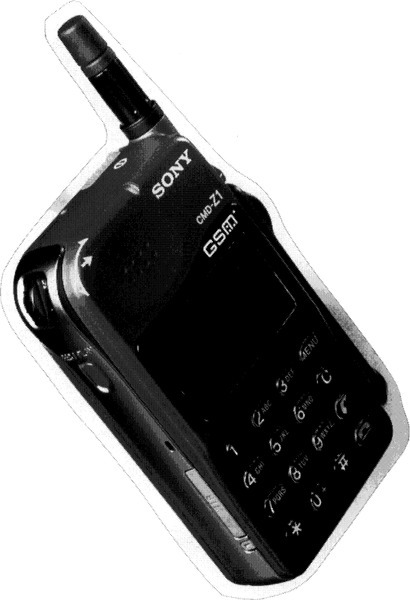
Figure 1.2 Apocket sized cellular phone Courtesy of Sony UKLtd
Wireless communications have also enabled informationto be sent to and from all parts of the world more quickly. Now it ispossible to send and receive data, faxes, or voice from almost anywherein the world very easily. A good example of the way information can besent more swiftly is shown in the way news is received from around theworld almost instantaneously. This can be seen by comparing the newsreports of the Second World War, and the Gulf War of 1991. In the 1940sit took several hours for recorded reports from the front-linecorrespondents to reach the broadcasting stations. Film reports tookseveral days or weeks before they were seen as newsreels in the localcinemas. Now with satellite communications, modern video techniques andtelevision, things happen much faster. In the Gulf War the action wasseen by millions in their homes as it happened. Fortunately there aremany more less hostile examples of how radio has helped improve thestandards of modern life. Here radio has enabled many people to berescued by the emergency services far more efficiently than if therewere no radio present.




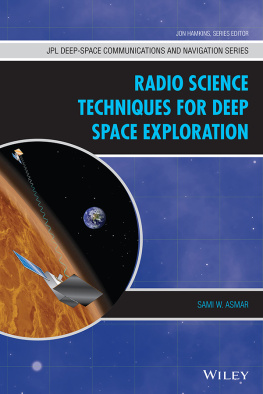

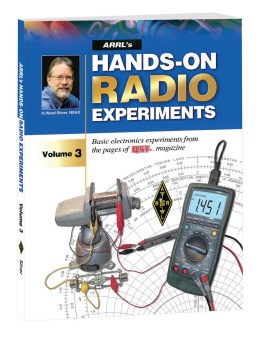
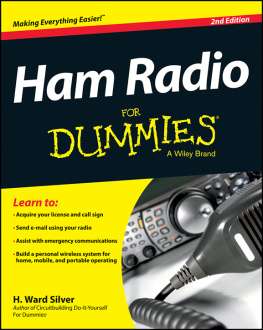
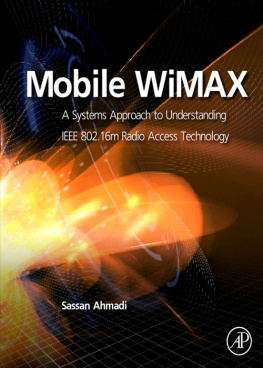
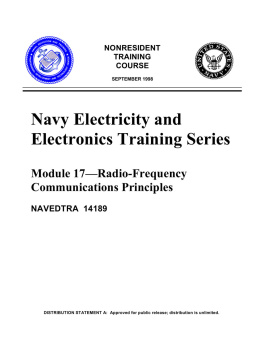

 Amember of the Reed Elsevier plc group
Amember of the Reed Elsevier plc group
 Figure 1.1 Amodern World Band radio Courtesy of Sony UKLtd
Figure 1.1 Amodern World Band radio Courtesy of Sony UKLtd Figure 1.2 Apocket sized cellular phone Courtesy of Sony UKLtd
Figure 1.2 Apocket sized cellular phone Courtesy of Sony UKLtd